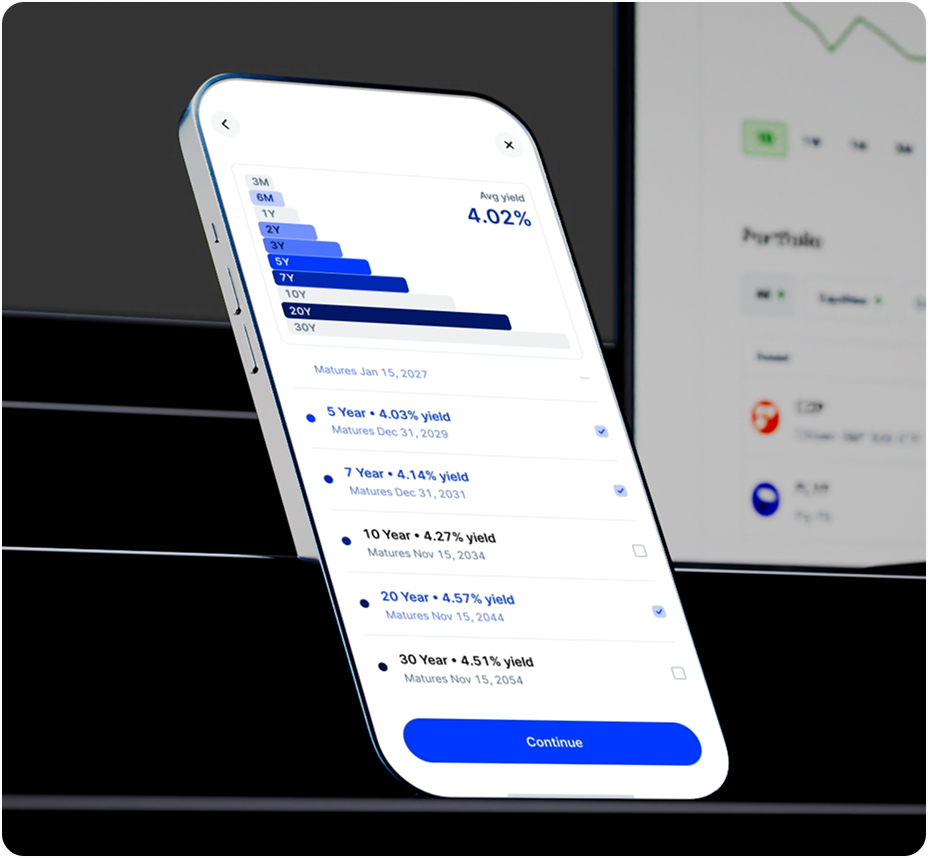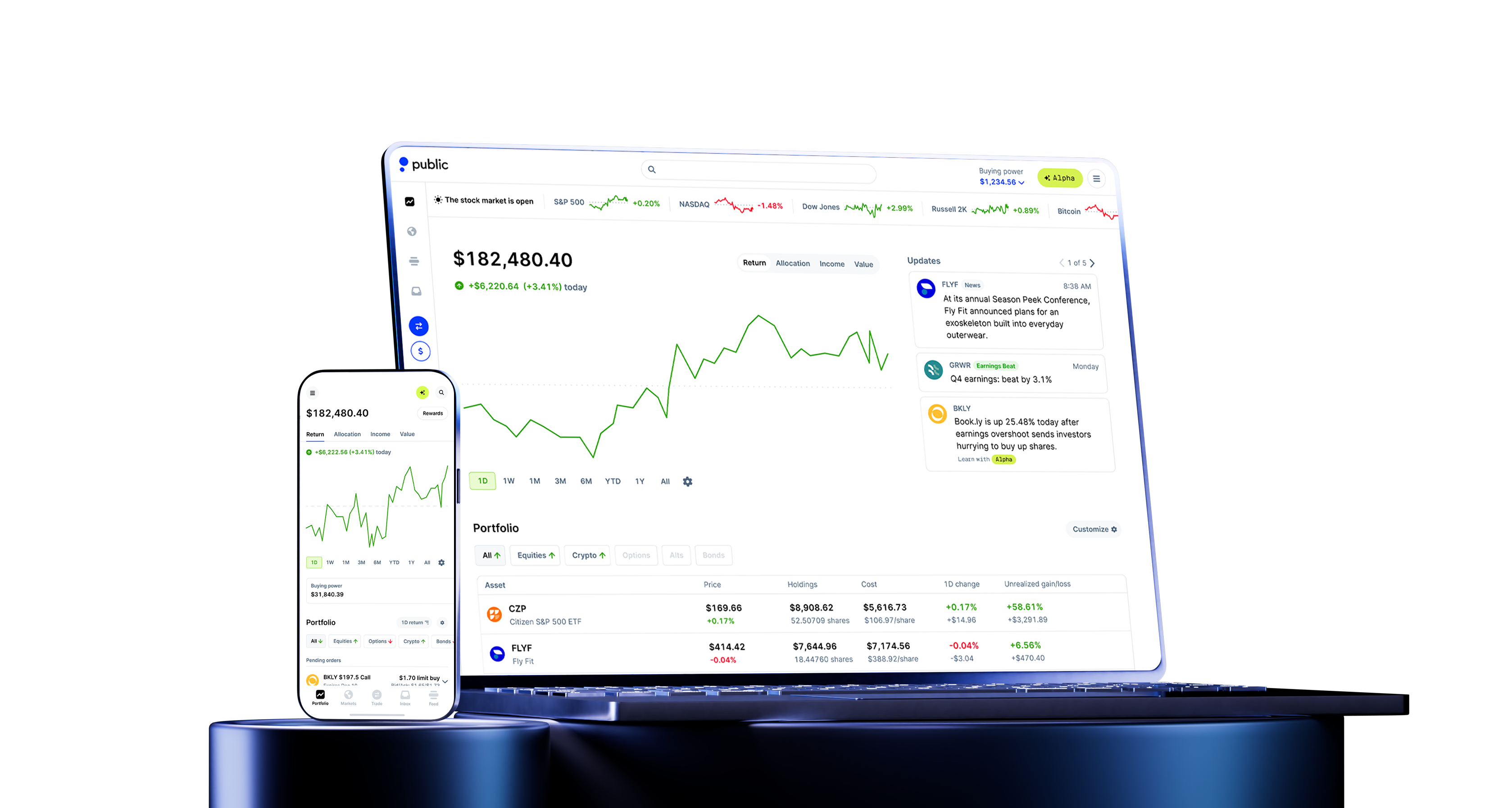US Treasury Yield Curve
Updated:
How do you interpret the Yield Curve?
The shape of the Treasury yield curve is typically upward sloping, meaning that debts with longer terms tend to come with higher interest rates than those with shorter terms. Ahead of an economic recession, the curve tends to become flatter, and may eventually invert so that short-term rates surpass long-term rates.
The Daily Treasury Yield Curve Rates, also known as “Constant Maturity Treasury” rates are interpolated by the Treasury based on the daily yield curve, which is calculated from composite market quotations of actively traded Treasury securities in the over-the-counter market obtained by the Federal Reserve Bank of New York.
Earn yields of -%* and higher
There are so many ways to earn fixed income on Public—from US Treasuries to corporate bonds and our industry-leading -%** APY high-yield cash account.
Normal vs Inverted Curve
Historical Treasury Yield Spread (10Y - 1Y)
An inverted yield curve occurs when long-term yield rates are lower than short-term rates and is often a precursor to a recession, having preceded nearly all recessions since 1960 by about a year. Financial markets can be impacted by inverted yield curves. During times of economic turbulence, investors may flock to purchase longer-dated bonds if they anticipate interest rates falling over the short term due to the Fed lowering rates to combat economic weakness.
A normal yield curve shows higher rates for long-term bonds, which generally indicates confidence in the economy. An upward-sloping yield predicts higher interest rates across financial markets. The normal yield curve is considered more robust in predicting market conditions compared to other market indicators and variables by financial analysts.
How does the Treasury yield work?
When you invest in a Treasury Account on Public, your money is allocated across a ladder of up to ten US Treasuries with staggered maturity dates. Each Treasury is purchased at a discount and pays out its full face value at maturity. Your yield is the difference between what you paid and what you receive.
On Public, you can choose from a range of pre-built ladders—or build your own by selecting the specific maturities that match your financial goals.
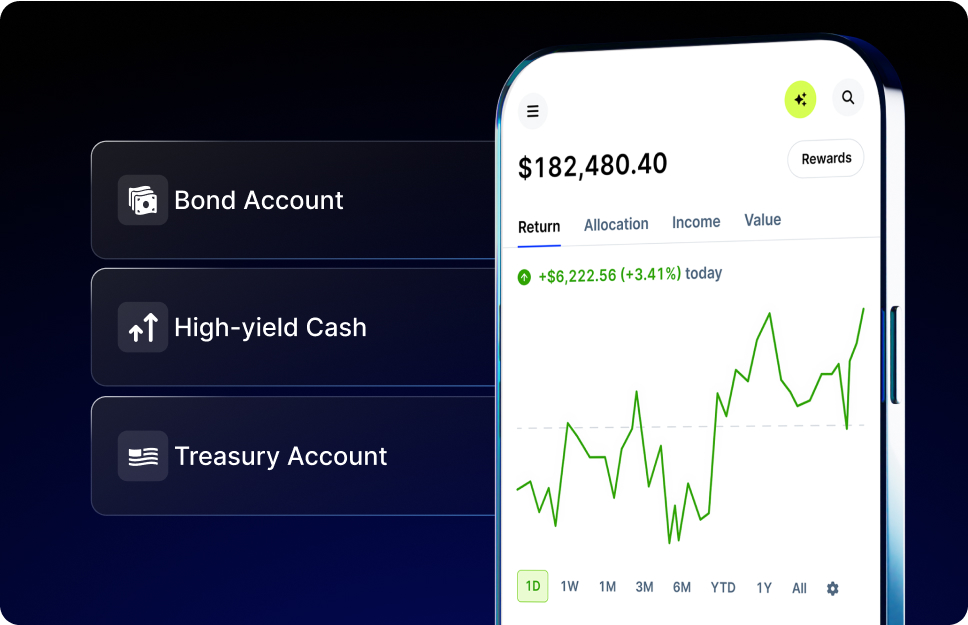
Looking for more ways to generate yield?
Discover more yield-generating assets on Public.
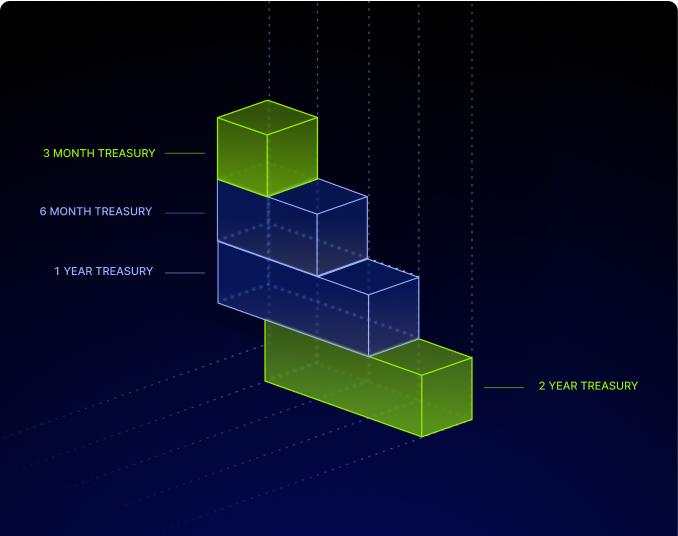
Treasury Account* -%
Invest in US Treasury bills with a -% yield, and pay no state and local taxes on your earnings
Learn more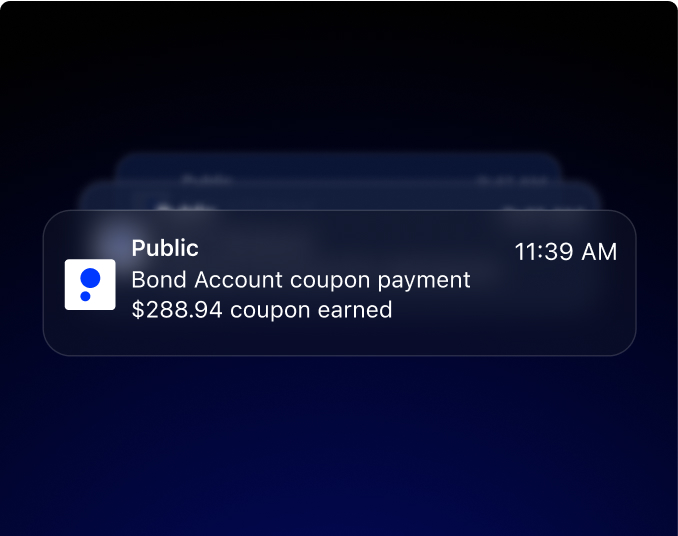
Bonds
Find, evaluate, and buy corporate and Treasury bonds with an investing experience designed this century.
Learn more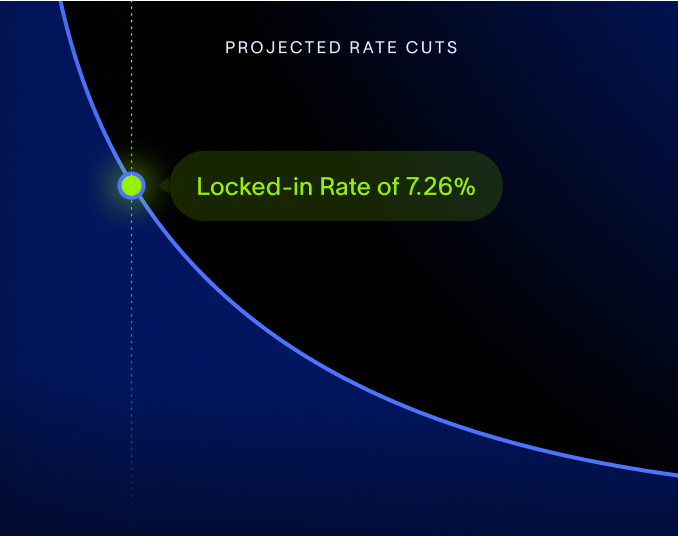
Bond Account** -%
Maximize your return with a diversified portfolio of corporate bonds that generate a -% yield.
Learn moreRelation between the Treasury yield curve and the Stock market
The US Treasury yield curve is a visual representation that displays the interest rates of US government bonds based on the length of time until they mature. By plotting the yields against different maturities, the graph allows individuals to understand the amount of interest the government must pay back for various time frames and also gives insight into the government's borrowing plans.
The shape of the yield curve can be a strong indicator of the overall health of the economy, with an inverted yield curve often considered a sign of an impending recession.
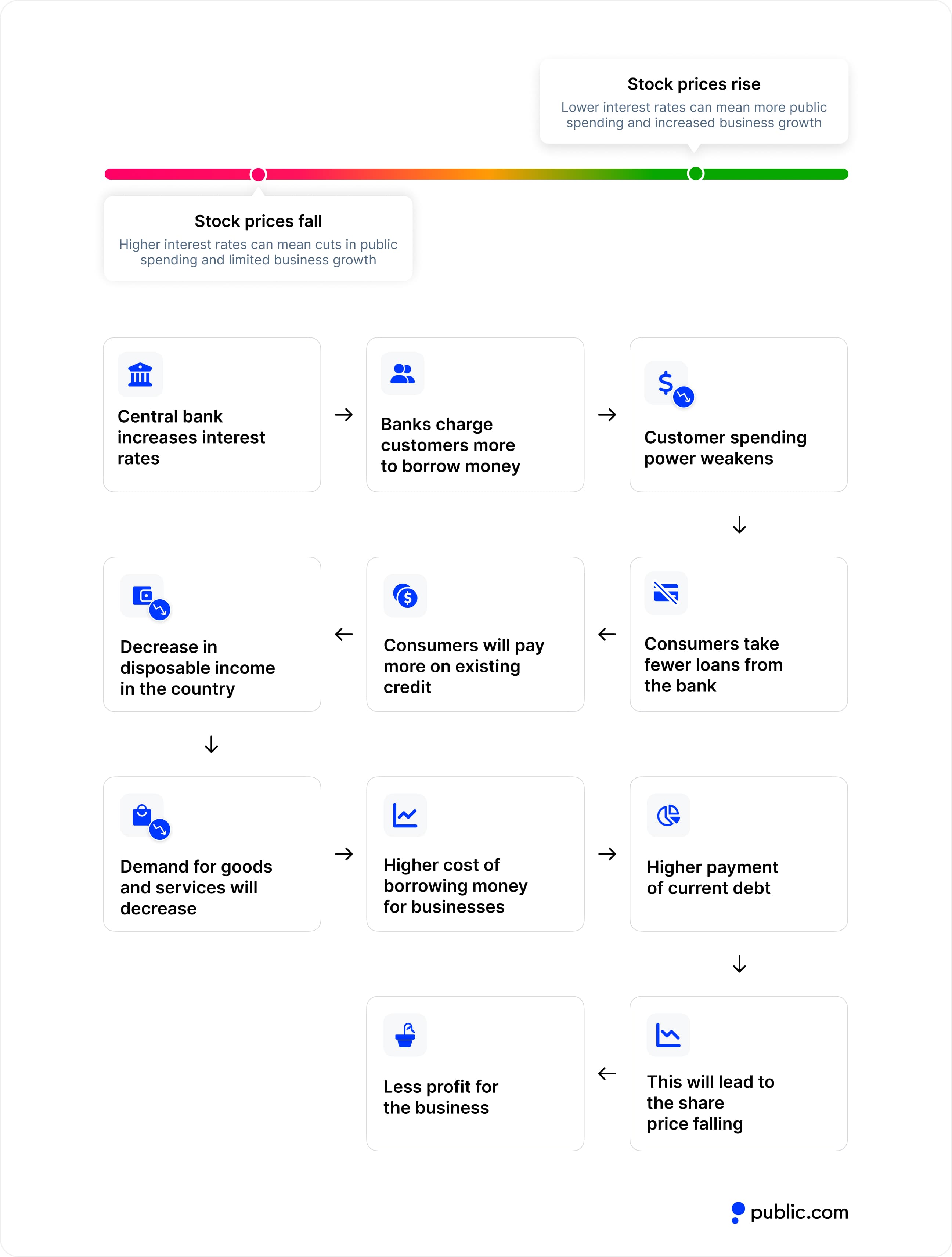
How Interest rates affect stock market
The relationship between interest rates and stocks is generally inverse. While changes in interest rates may take time to manifest throughout the economy, stock market movements are prompt in response. The reason for this is that interest rate fluctuations alter the value of a future dollar, which impacts the current value of a company’s future profits. In a rising rate environment, future dollars are worth less and in turn, future profits are worth less, so today’s company value must decline to reflect that drop in future value. This decline is not because the company is doing worse, but solely because interest rates have changed.
A rise in interest rates means a reduction in spending power for consumers. The higher credit rates discourage consumers from taking loans with their limited funds and they often must pay more on existing debt. This trickles down to businesses where the cost of borrowing becomes more expensive, including higher debt repayments. This shift in repayment plans leads to decreased profit, lower investment spending, and potentially lower stock prices as a result. The faster and more aggressive the rate increases, the more impact they will have on these factors.
How to buy Treasuries on Public
Fund your Public account
It only takes a few minutes to join Public. Then, you can fund your account by linking a bank account or making a deposit with your debit card.
Invest your cash in a Treasury Account
It's never been easier to earn fixed income with a customizable ladder of up to ten US Treasuries. Right now, you can lock in a yield of up to -%*.
Earn government-backed yield
US Treasuries are backed by the full faith and credit of the US government. Plus, the income you generate is exempt from state and local taxes.
Manage your investing in one place
Public is a multi-asset investing platform where you can build a portfolio of stocks, options, crypto, and more, alongside our fixed-income offerings.
